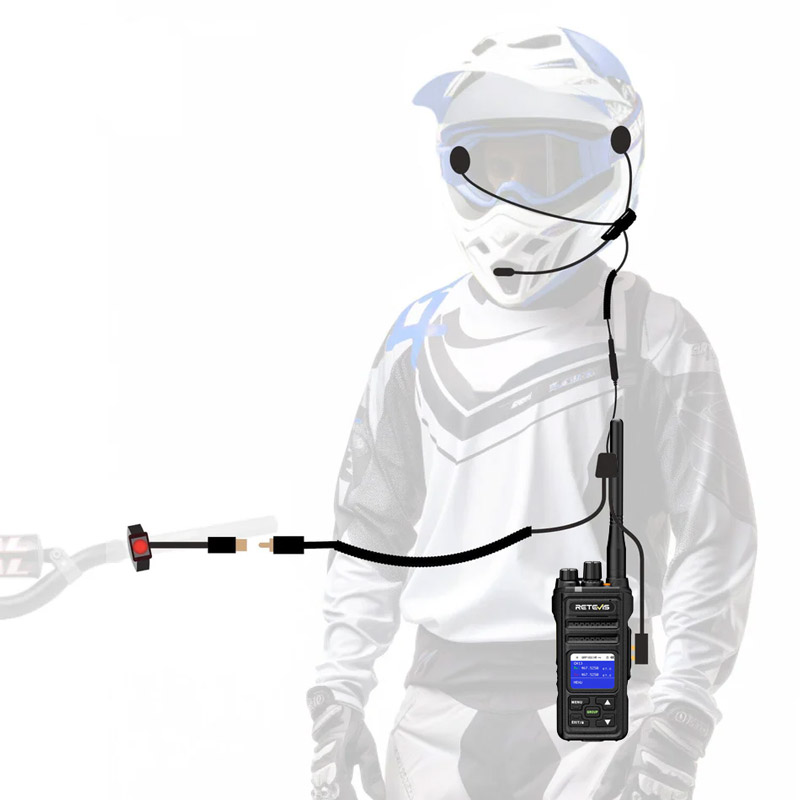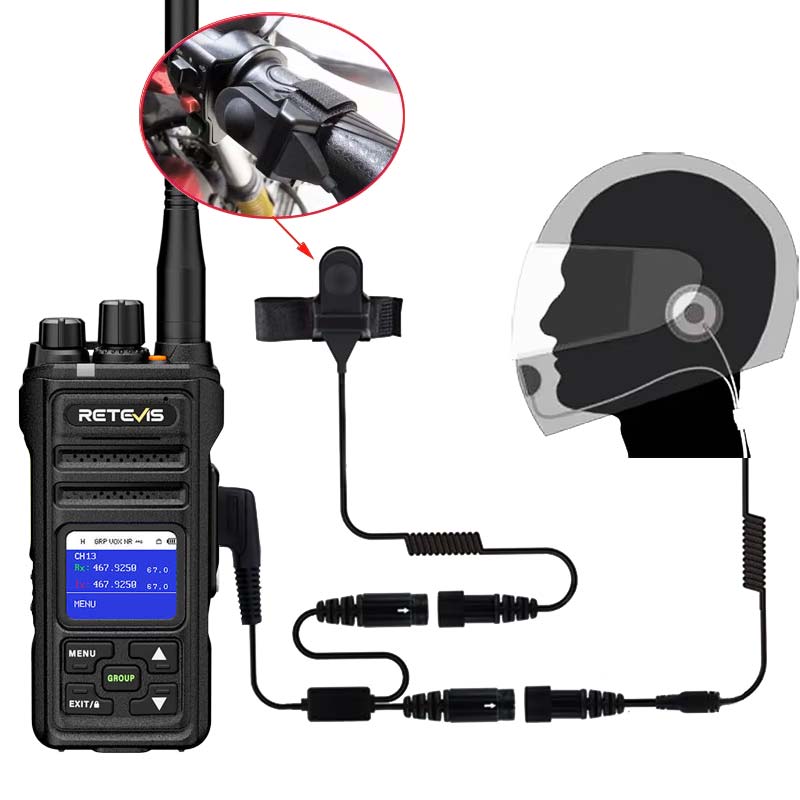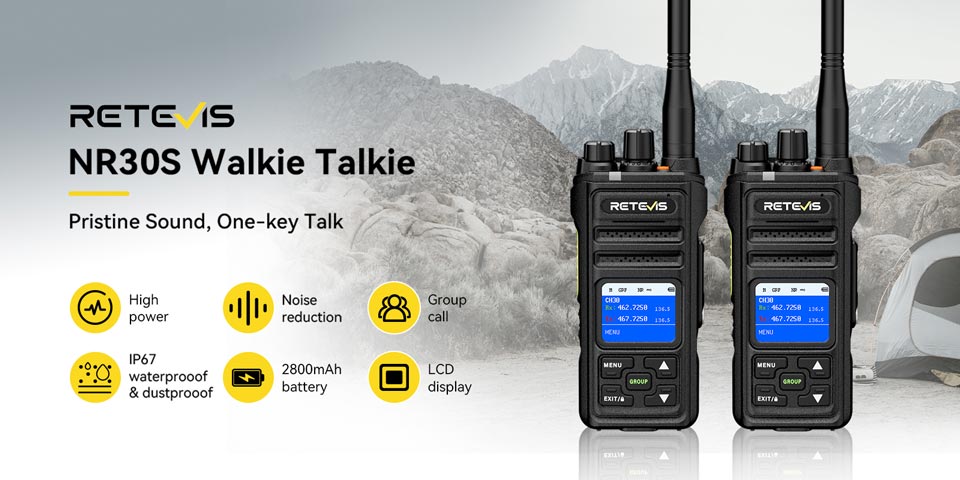GMRS Radio: The Ultimate Motorcycle Communicator?

GMRS Radio: The Ultimate Motorcycle Communicator?
I am an amateur radio and avid motocross rider. When I travel, I carry a handheld radio. If I run into trouble and I’m out of cell service (all the best riding seems to be out of cell service), the national calling frequency or a nearby repeater might get me the help I need.
Traditional Helmet communicators work completely hands-free, which is why they remain popular despite the difficulty of pairing them and keeping them connected. They also have a limited range. Bluetooth transmitters are only 0.2 watts on the 2.4 GHz microwave band. This is because it was originally designed to wirelessly connect your phone to your car. The distance involved here is only a few feet, and there are no obstructions, which block microwave signals. While some helmet communicators claim half a mile or more of range, that’s only in line-of-sight conditions, where you can literally see the other people you’re talking to. Go around a corner in the mountains or the forest, and you lose that line of sight.

GMRS radios operate on channels in the 462 MHz range. That’s a much lower frequency than Bluetooth, which means it’s not affected as much by obstructions. FRS radios also put out two watts of power, ten times more than Bluetooth. GMRS handheld radios can go up to five watts. You can even go crazy with a larger mobile radio that can transmit 50 watts on certain channels, but this is far more practical in a 4×4 than on a motorcycle.
GMRS does require a license, but all that takes in the US is a $35 fee to the FCC, with no test, and it’s valid for 10 years. It allows more power than FRS. In the US, but not Canada, you’re also allowed to use a different antenna than the radio comes with and even use repeaters. It’s no wonder why Jeep, UTV, and other 4×4 enthusiasts have been flocking to GMRS as an alternative to the CB radio they’ve traditionally used. Even better, FRS and GMRS radios can talk directly to each other, because they share most of the same channels. There’s no conflict between different brands, either.
If you are obsessed with motorcycle riding like me, the Retevis NR30S may interest you. It’s IP67 waterproof, meaning it can be submerged in up to one meter of water for up to 30 minutes. It can monitor two channels at the same time. It includes an FM broadcast radio receiver, as well as NOAA weather radio. Features like these were previously reserved for the amateur radio realm (trust me, I’ve used them), but radios like this now make them available to GMRS power users who want to experiment without taking a ham radio license test.
Of course, off-road motorcycling has a few more challenges than driving a Jeep. We’re wearing helmets and need both hands on the grips, which rules out holding a walkie-talkie style radio up to your face while you ride. Retevis Finger PTT Motorcycle Helmet Microphone, The helmet headset is tailor made for helmet users in halfl-face status. Comes with an extra finger PTT wire with tape to be attached on the handle bar. Two speakers and one microphone to be attached inside the helmet. It’s a robust setup, made specifically to handle the harsh environment of off-road riding, but you can only have one headset in your helmet at the same time. You’d have to choose between the radio and all of its other conveniences.








